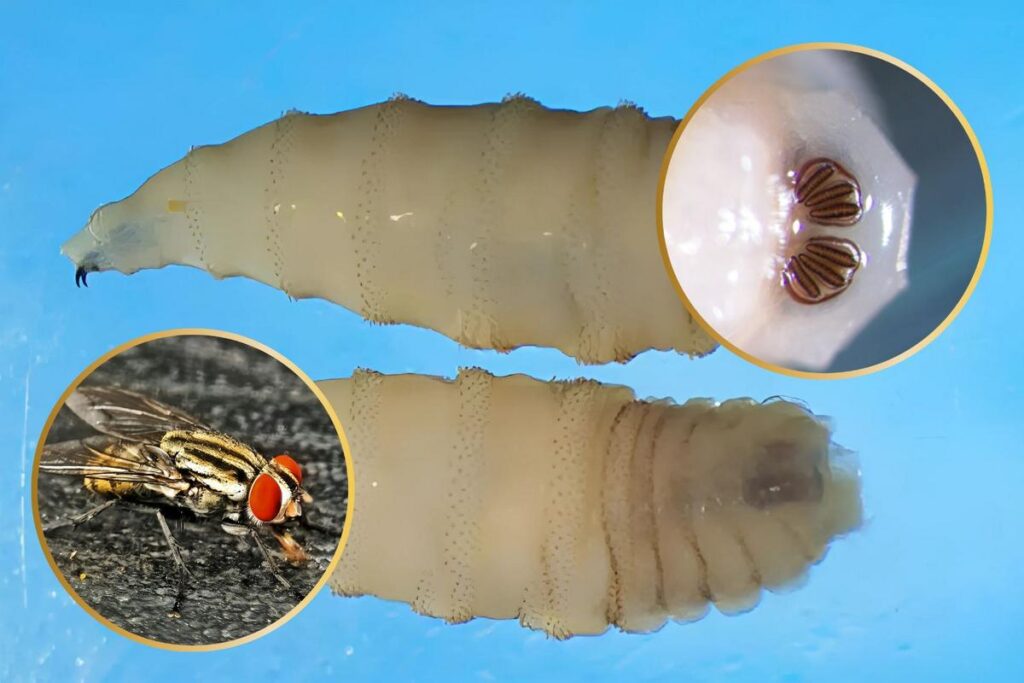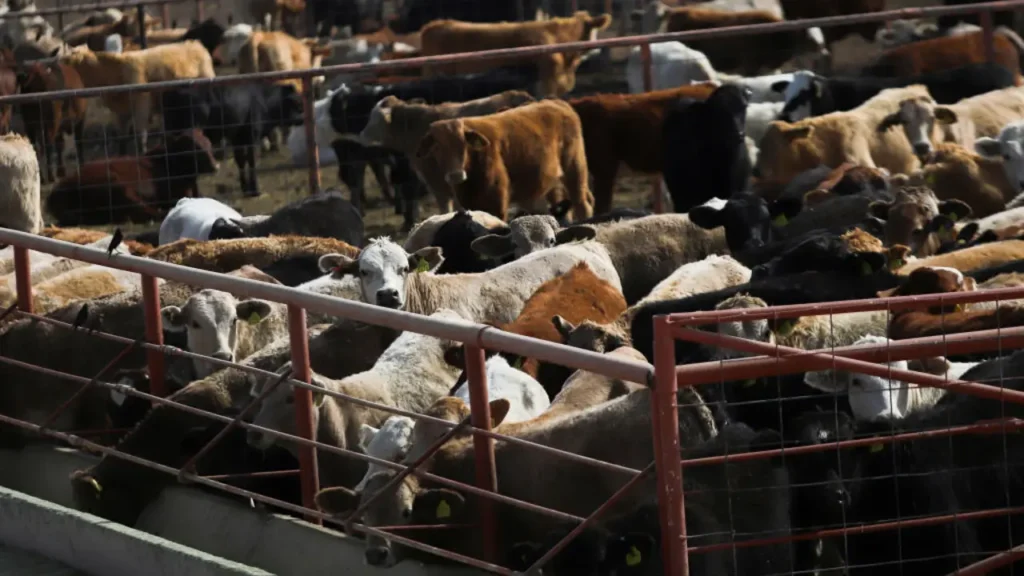U.S. Launches Aggressive Multi-Million Dollar Plan to Combat Flesh-Eating Maggots Threatening Livestock
In a battle that sounds straight out of a science fiction thriller, the U.S. government is taking bold steps to fend off a potential invasion of flesh-eating maggots threatening to infest the southern United States.
At the center of this biosecurity crisis is the New World screw worm fly (Cochliomyia hominivorax), an aggressive parasitic insect whose larvae—commonly known as flesh-eating or “man-eater” maggots—can cause severe and often fatal wounds in livestock, wildlife, pets, and even humans. These parasitic flies are already causing outbreaks in Central America and Mexico, prompting fears that they may spread north into the U.S.

A Threat with a $100 Billion Price Tag
The economic threat posed by these maggots is staggering. If left unchecked, a full-scale New World screw worm fly infestation could cost the United States more than $100 billion in beef and cattle industry losses alone. A single infestation can kill a 1,000-pound cow in just two weeks, according to Dr. Michael Bailey, president-elect of the American Veterinary Medical Association.
Recognizing the urgent need to prevent such devastation, the U.S. Department of Agriculture (USDA) and its Animal and Plant Health Inspection Service (APHIS) have launched an aggressive response in collaboration with international and domestic agencies, including the U.S. Department of State and the Food and Agriculture Organization (FAO) of the United Nations.

A Five-Pronged Offensive
The USDA has introduced a comprehensive five-part strategy to stop the threat and keep it from entering U.S. territory.
- Fly Dispersal Facility in Texas: An $8.5 million facility at the Moore Air Base in Edinburg, Texas, has been launched to increase the USDA’s capabilities in detecting, controlling, and eliminating the pest.
- Fly Production Facility in Mexico: A new $21 million investment will fund a sterile fly production plant in Metapa, Mexico, capable of producing up to 100 million sterile male flies per week.
- Sterile Insect Technique (SIT): The cornerstone of the plan involves releasing radiation-sterilized male screw worm flies. These flies mate with wild females, but the resulting eggs do not hatch, leading to a population collapse over time.
- International Cooperation: These efforts complement the existing work of the Panama-U.S. Commission for the Eradication and Prevention of Screw Worm (COPECO), which already produces about 100 million sterile flies weekly.
- Border and Livestock Surveillance: USDA and APHIS are scaling up border inspections, livestock monitoring, and other containment strategies to prevent the flies from gaining a foothold in the U.S.
Timeline and Expectations
Officials anticipate that it will take about 18 months to prepare the first wave of sterile flies for release along the Texas-Mexico border, where they will act as a biological shield to block further northward spread of the pest.
“We Will Do It Again”
This isn’t the first time the U.S. has faced down the New World screw worm fly. The pest was successfully eliminated from the U.S. in 1982 using a similar sterile insect technique.
“We do not take lightly the threat NWS poses to our livestock industry, our economy, and our food supply chain,” said Secretary of Agriculture Brock Rollins. “The United States has defeated NWS before—and we will do it again.”
Conclusion
While releasing billions of irradiated flies might sound unusual, this science-backed method has a proven history of success and could be the most effective defense against an invasive species capable of causing massive economic damage. With a blend of high-tech breeding facilities, international partnerships, and rapid response plans, the U.S. is making it clear: It will not allow the New World screw worm fly to regain a foothold.
Stay up to date on critical developments, breaking news, and in-depth coverage of stories that matter—only with UState Pulse, your trusted source for timely and reliable information.